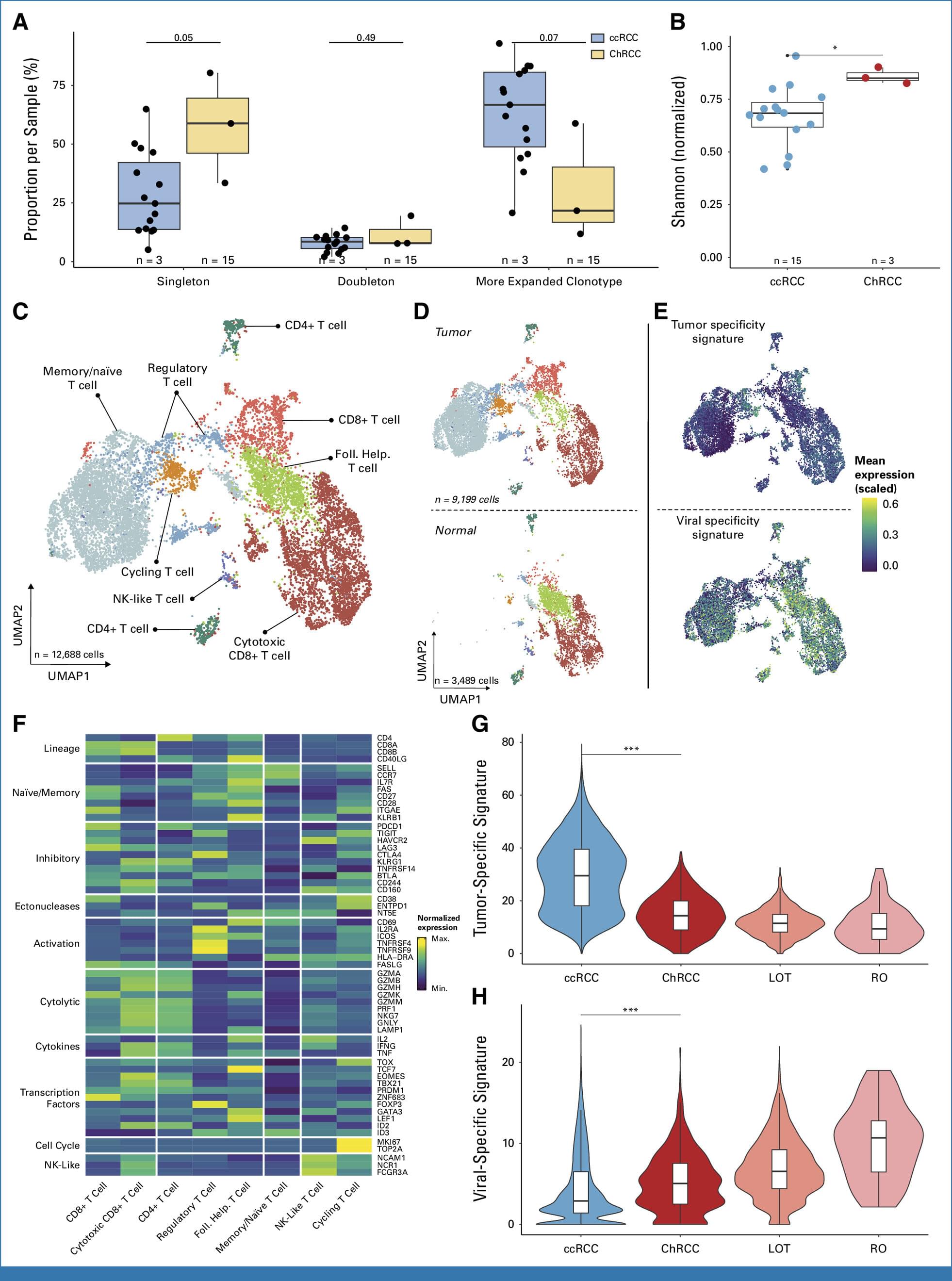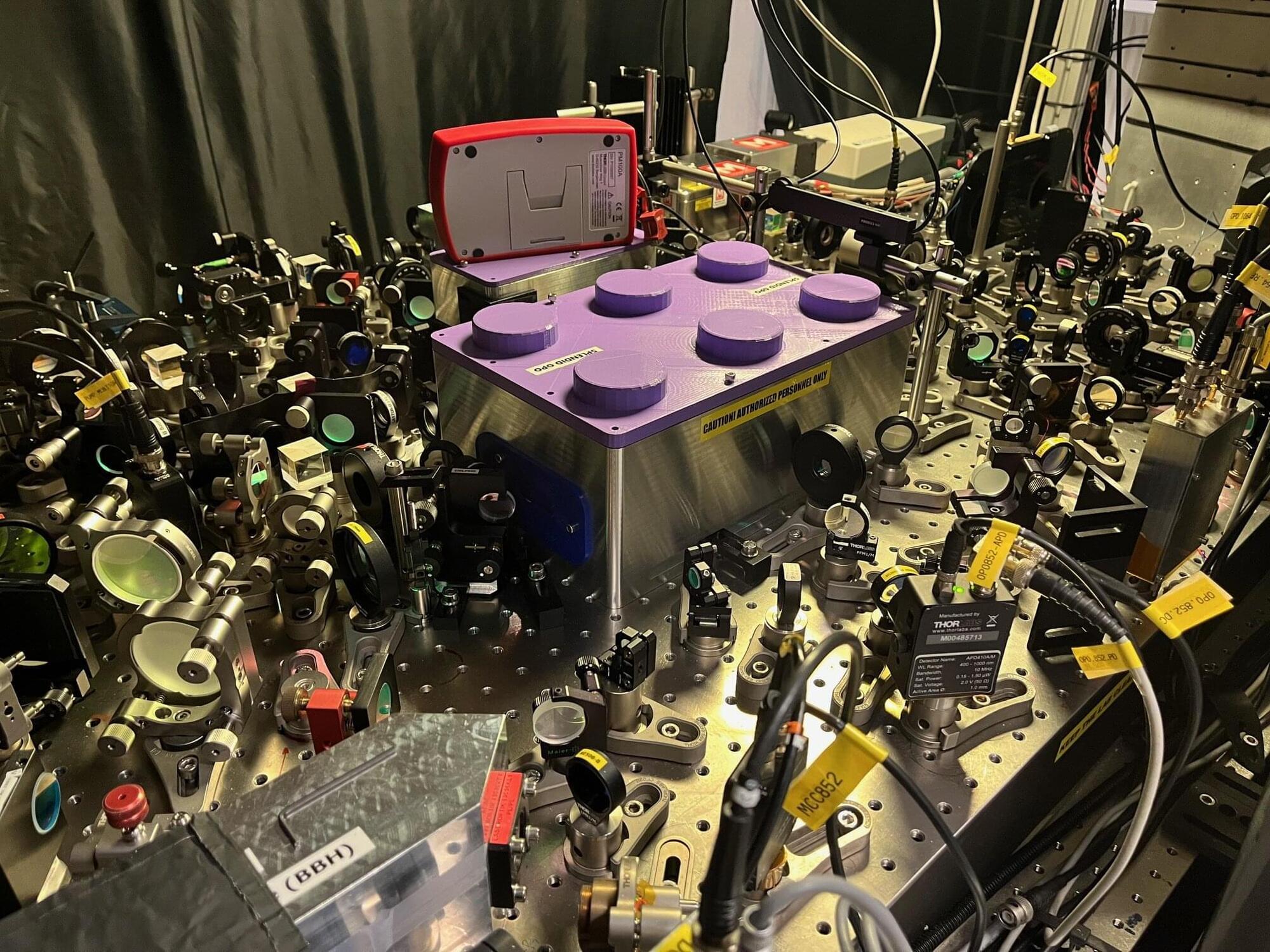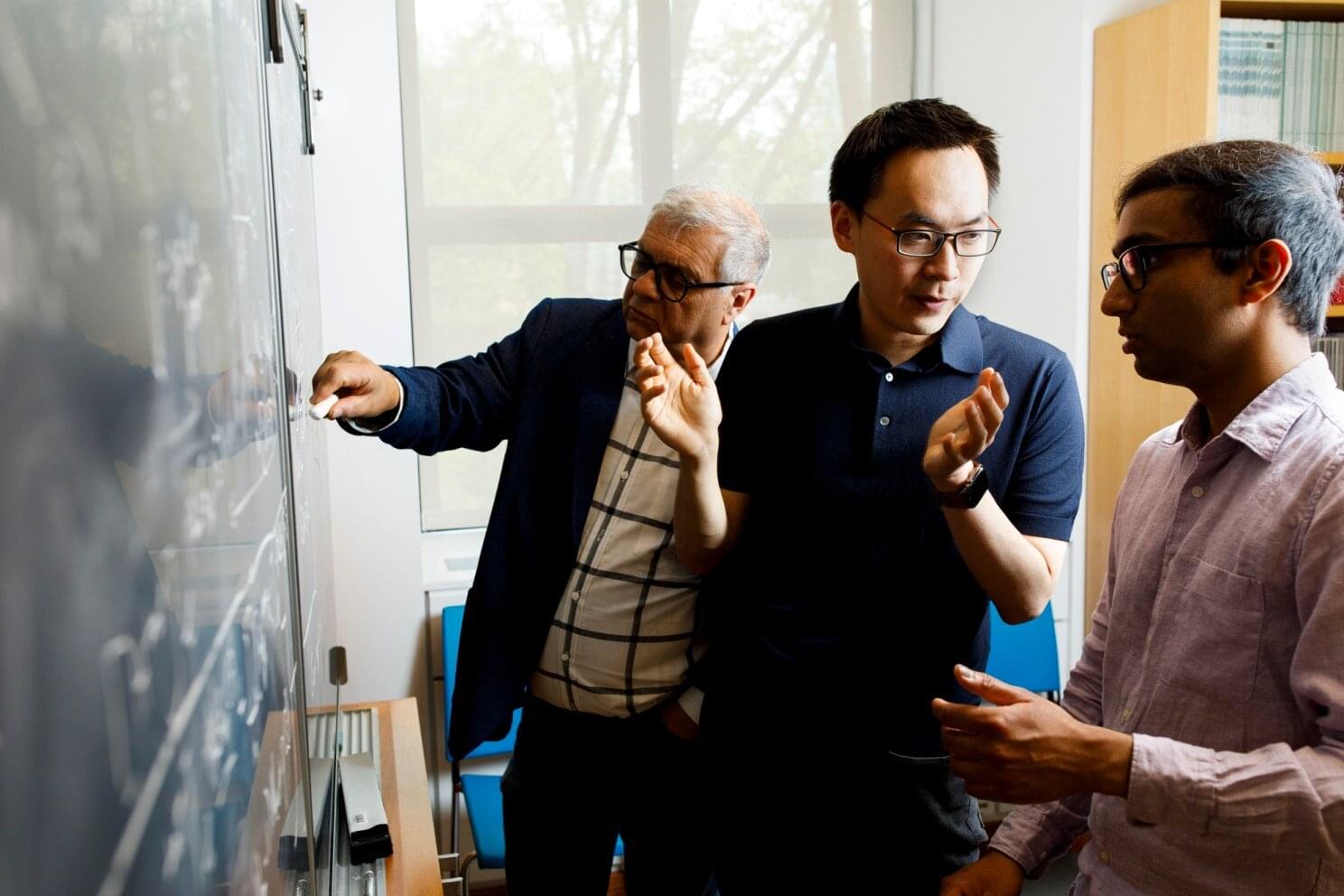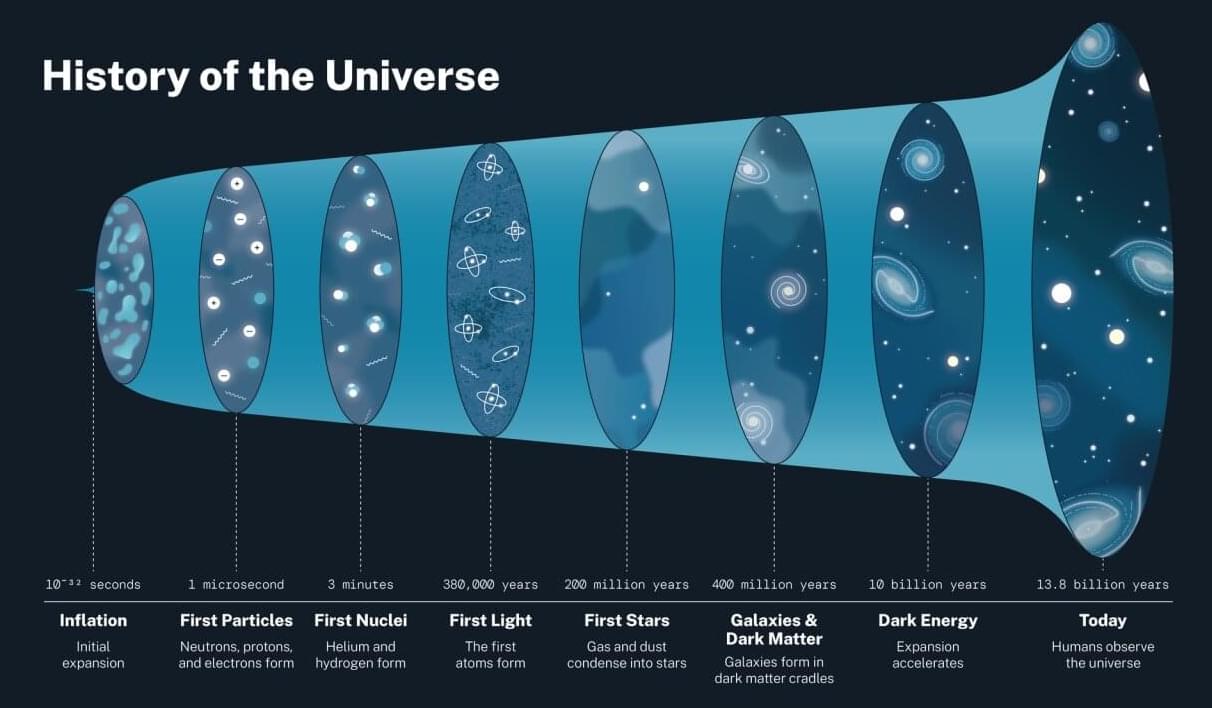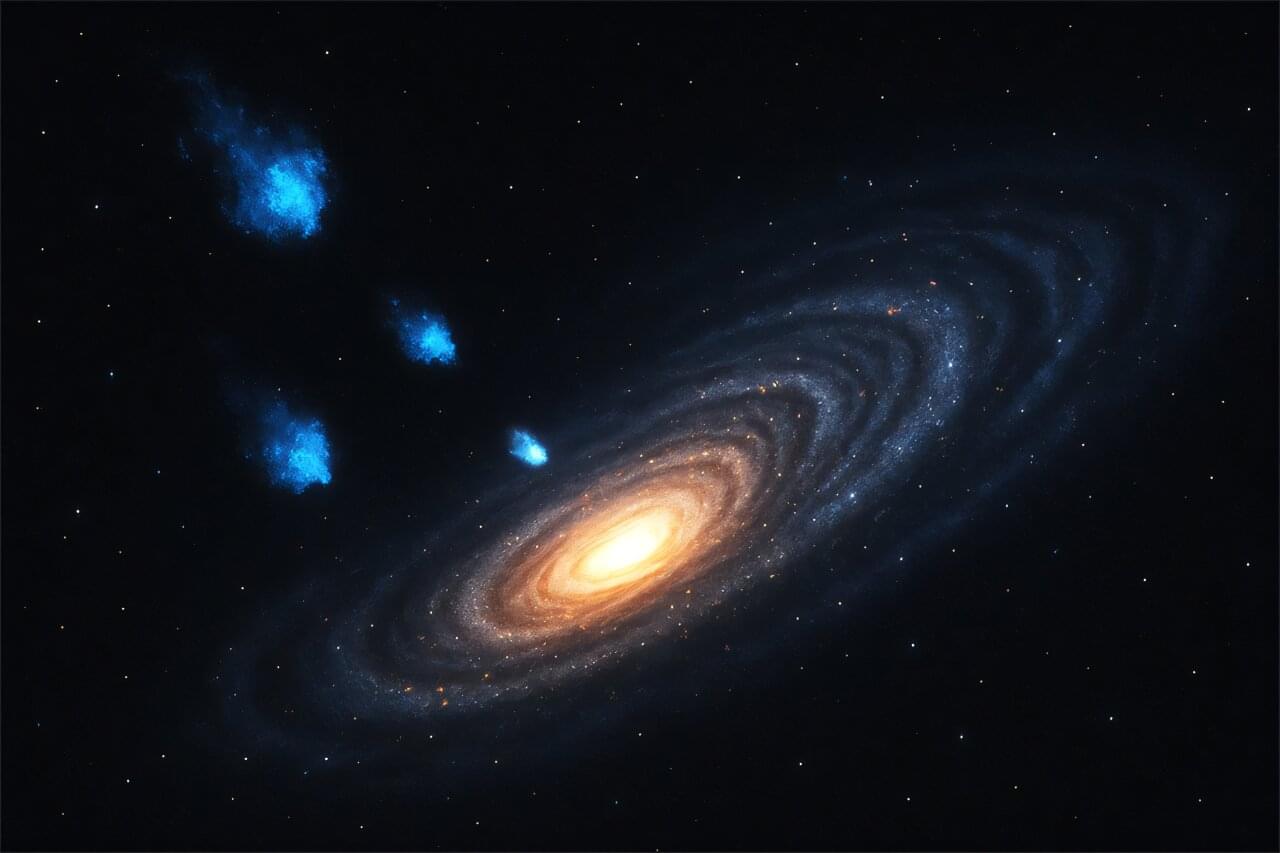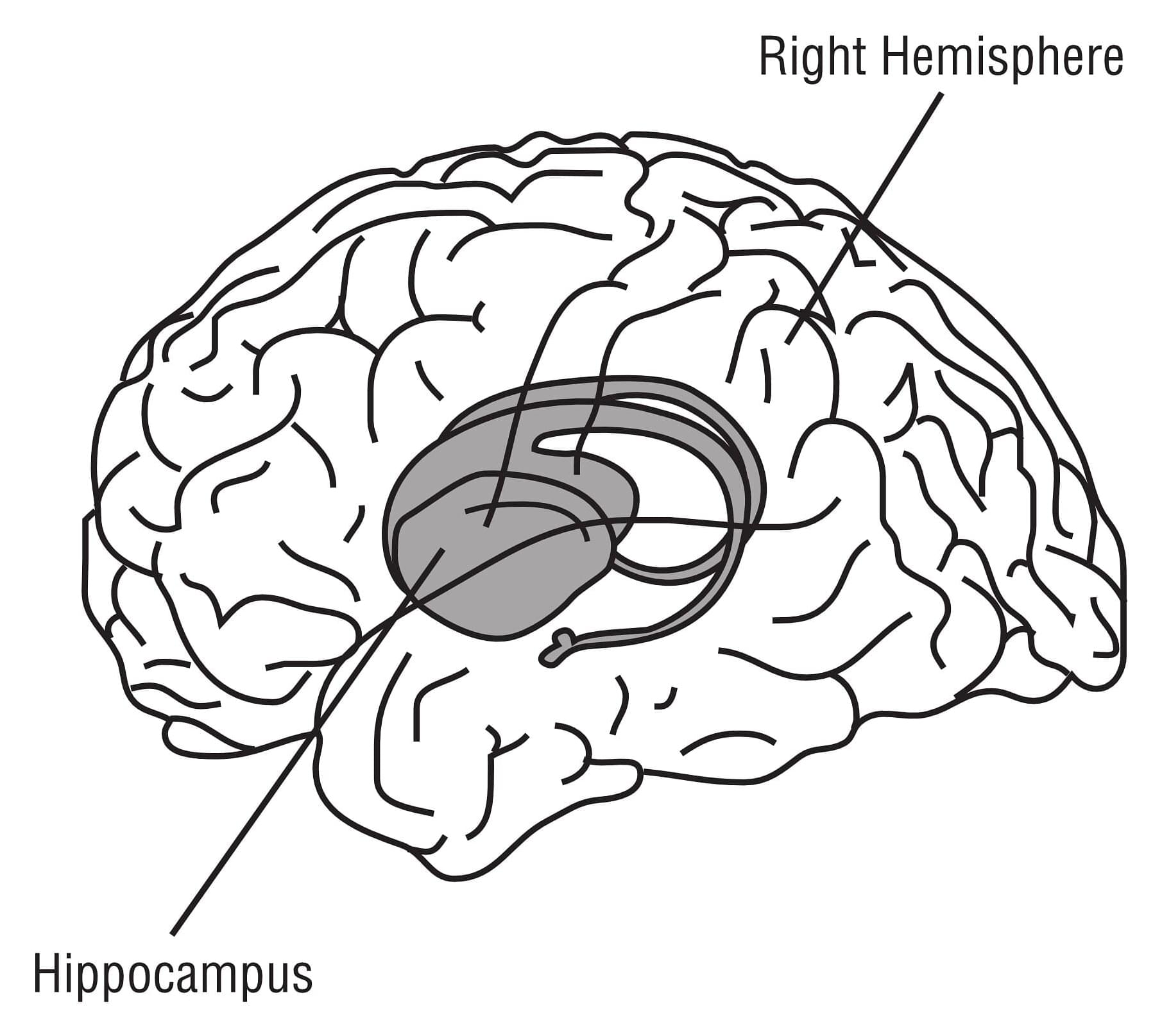Cancer-fighting T-cells, the immune system’s primary enforcers, are scarce in the rare kidney cancer called chromophobe renal cell carcinoma (ChRCC) and those that are present are indifferent to the tumor threat and traditional immune therapies, revealing the need for new targets and treatments.
Those are among the results described in a July 2 published report in the Journal of Clinical Oncology that set out to understand the biology of certain kidney tumors, including ChRCC, and their immune responses.
The study found that ChRCC, which accounts for about 5% of all kidney cancers, has fewer T-cells and key molecules required for an immune response than other kidney cancers and poorer response and survival rates when treated with immune-based therapies. Other examined kidney tumors included in the study were low-grade oncocytic tumor (LOT) and the usually benign renal oncocytoma (RO).
